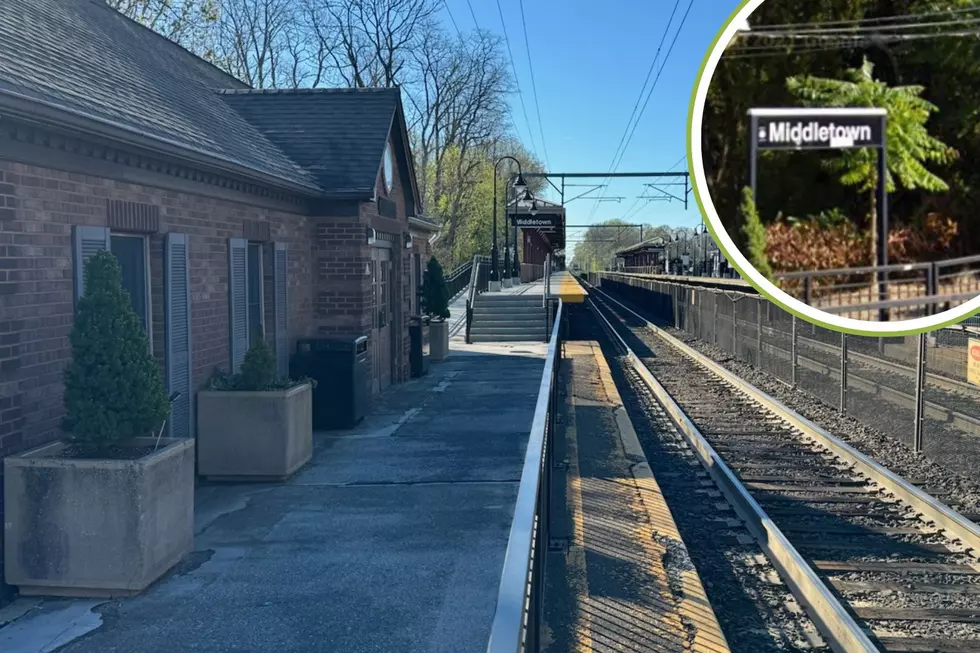
NJ groups: Stop pumping sand on to beaches
As New Jersey lawmakers debate whether to double the amount of money devoted to beach replenishment along the coast, environmental and fishing groups are voicing their concerns about the problems associated with these types of projects — and they're not just related to cost.
More than 20 organizations have signed on to a statement urging the New Jersey Legislature not to move ahead with a proposed law that would increase the Shore Protection Fund allotment from $25 million to $50 million per year.
"If the state has an extra $25 million to put towards any kind of climate change resilience or preparedness or flood control ... should we really be spending it on putting sand on the beach in front of, let's face it, wealthy peoples' second homes for the most part?" said John Weber, Mid Atlantic regional manager for the Surfrider Foundation.
Representatives from several groups held a press conference Thursday on the beach in Deal.
Beachfill projects have caused problems related to beach access and swimming conditions, the groups said. Replenishment also is harmful to ecosystems and wildlife, and negatively impacts fishing and other recreational activities, according to the new coalition.
"Beach replenishment has killed off our coastal ecosystem," said Jim Bourne, a member of the Asbury Park Fishing Club. "It has destroyed hundreds of years of extraordinary New Jersey surf fishing. Any recovery made by mother nature is only destroyed by more sand."
Placing sand on beaches cost the state more than $1.5 billion dollars from 1989 to 2018, according to the Program for Studies of Developed Shorelines out of Western Carolina University.
"We're just starting to question if that's the best way to spend our money," Weber said. "It really should be a matter of what does the most good for the most people."
Communities built too close to the water in the first place, Weber said. To address this issue, and limit reliance on beach replenishment, the groups say New Jersey should focus on stronger building codes, living shorelines, buyouts of vulnerable properties, and relocation of waterfront residents by giving them the right of first refusal to buy property in a safer area of town.
"There is Blue a Acres program in New Jersey, that's great. But it just buys houses in floodplains of rivers," Weber said. "It doesn't buy anything on the oceanfront or on bay fronts. We need that to happen."
As an alternative way to pay for pumping sand on to beaches, groups suggest a special tax system in which the beneficiaries of replenishment are the ones paying for it.
Contact reporter Dino Flammia at dino.flammia@townsquaremedia.com.
Incredible, heartbreaking images of Ida's damage in New Jersey
What $10,000 could get you in NJ
More From New Jersey 101.5 FM









